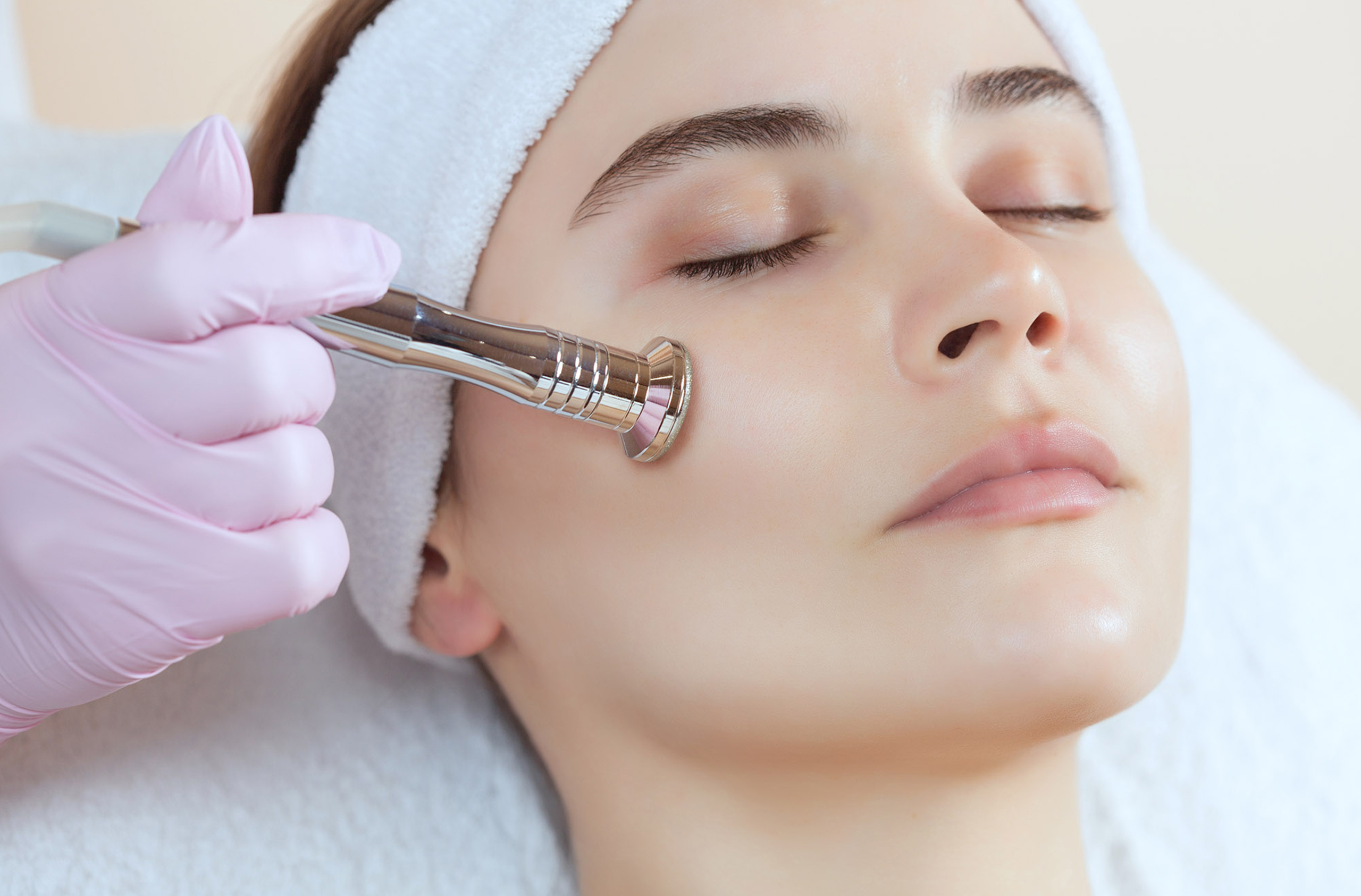The xanthemas appear as yellow spots or plaques and are usually found in eyelid skin. They consist of cholesterol and in a percentage of about 50% of the patients it is an indication that the cholesterol in the blood is high. For this reason, patients with xanthelasma should have their blood lipids checked. Xanthelasma do not disappear on their own, but instead may grow larger over time or even multiply.
They are most commonly found in middle age and more often on women, as well as in people of Mediterranean and Asian origin. These accumulations of cholesterol under the skin are removed for cosmetic reasons.
Xanthelasma can be treated in a number of ways. With all of them treatments there is a chance that they will reappear if the person has the tendency, usually in a few years.
Their most effective treatment is achieved with CO2 laser, which destroys the xanthelasma causing the skin to sublimate resulting in the elimination of the damage. After the treatment there is a crust in the area of the xanthelasma which subsides after a week leaving new skin in its place. The advantage of CO2 Laser treatment is the preservation of the entire surface area of the skin, since the skin regenerates from its basal layer and is not removed. So if the xanthelasma recurs it can be repeated.
Trichloroacetic acid (TCA) peel, a chemical substance that causes peeling of skin layers and destruction of xanthelasma at the same time.
Diathermocoagulation during which the xanthelasma is cauterized with the use of an electric current that is transferred with an electrode to the skin. This is a technique that has largely been replaced by the CO2 Laser.
Finally, the surgical removal is a traditional method of treating xanthelasma. The lesion is removed and the skin is sutured. With all treatments, xanthelasma can recur, and this method has limitations on how many times it can be repeated, since skin is removed with each procedure.
The treatment of xanthelasma is done with local anesthesia which is applied either in the form of a cream or in an injectable form. It is very well tolerated and leaves an excellent aesthetic result when performed by a specialist dermatologist. Recovery time is approximately 7-10 days, during which time local care of the area with an antibiotic cream is required. Sun protection is necessary until the skin fully returns to its normal state.



